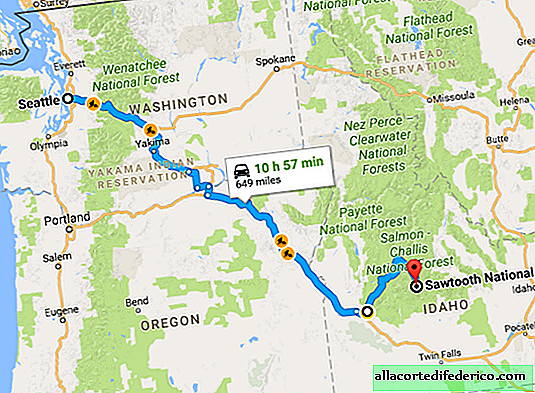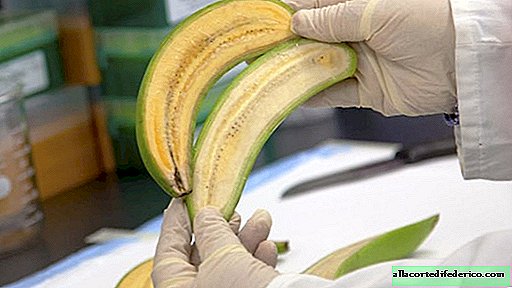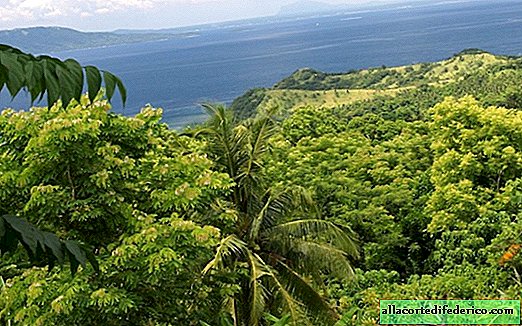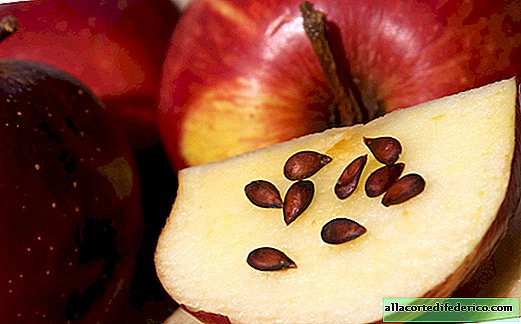Curonian Spit: how ornithologists catch birds for ringing and study
Spring is an open season for bird watchers on the Curonian Spit. Scientists need to catch, measure and ring the thousands of birds flying in this unique place on the Baltic coast. For birds, this is one of the most convenient places to stop and rest during seasonal migrations. And precisely in view of this fact, a research point was organized on the peninsula, which today belongs to the Russian Academy of Sciences.
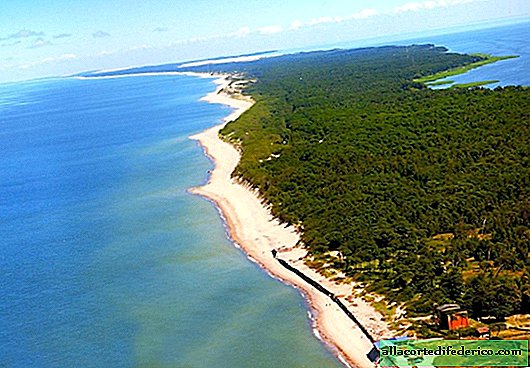
The Curonian Spit is a narrow land strip with a length of almost 100 kilometers, which is administratively divided between Russia and Lithuania. One of its shores has access to the Baltic, the other faces the waters of the Curonian lagoon. Despite its small width, on average 1-3 kilometers, an incredible variety of landscapes was located on the spit. Here you can see real moving sand dunes, pine and mixed forests, meadow communities and even swamps with tundra vegetation. Due to such an unusual natural form and a unique combination of ecosystems, the Curonian Spit is classified as a UNESCO heritage site.

Migratory birds nesting in the countries of northern Europe annually choose the Curonian Spit as a stopping place. Most often fall into ornithological networks robins, finches, siskins, snappers, kings and other small birds. But sometimes scientists find in the networks of hawks and even owls. Specialists annually remove from the traps up to 40,000 migratory birds, each of which is weighed, measured, undergoes a visual inspection and is equipped with an individual ring on the foot. The whole procedure in the capable hands of the station staff takes no more than 1 minute, after which the bird returns to freedom.

Birds are caught using special hunting nets. Traps in the form of long mesh tunnels are installed on the path of flight of birds. As the bird moves deeper, the width of the tunnel decreases, and the bird finds itself in a small net. This method of fishing is completely safe for birds and allows you to effectively conduct scientific observations of birds.

It is worth noting that ornithological scientists settled in this place more than 100 years ago. At the beginning of the 20th century, German biologists noticed the unique role of this place in the life of birds and organized the Fringilla research station on the spit.

Today, on the Curonian Spit there is a national park of the same name. Especially for outdoor enthusiasts, several hiking trails have been developed here.



